Real vs Fake - knowing your Art Deco
We adore Art Deco; it's our passion, it's in our blood. Everything about it is incredible, from the imaginative use of materials, to the glamorous style it can give to even a small space. We love hunting for it in garage sales and finding interesting pieces online.
One thing we are not nuts about, however, is fakes. Art Deco and, to a lesser extent, Mid-century Modern collections are plagued by fake pieces that find their way into the mainstream and easily get passed off as the real thing.
Of course, some people don't mind whether the piece is real or fake - they're after the look of the thing, and not so concerned about its provenance. But for those of us who like to know the piece we're about to buy was lovingly crafted during the right time period and - for the real collector - by a known artist, here are some tips on avoiding fakes.
1 - Dealer reputation
We're going to dive right into speaking about dealers, mainly because we are one! Whether you purchase from us or another source, you need to be sure that the dealer has a solid reputation for only selling the genuine article.
How do we prove provenance? In this case, these Waterfall sconces are signed by the artist, Sabino
A reputable dealer will be able to explain to you what makes them certain that the piece you're interested in is genuine - whether it's because of a certain manufacturing technique, a material preferred by the manufacturer, or a maker's mark that proves provenance, we know what to look for.
Even so, there have been stories about galleries and dealers being taken in by particularly good fakes, so the onus is on us, as dealers, to really triple-check each piece.
2 - Educate yourself
We know it's tempting to do everything online - there's just so much information out there! But when you're dealing with antiques and vintage pieces, there's a wealth of information in libraries and out-of-print books that has never made it online, which you can use to study up on your favorite decor.
If you really, genuinely want to be sure that each piece is authentic, get to know your designers and artists. Understand the materials they used, the pieces they made, where they operated, and what identifying marks they used.
3 - Material gains
Art Deco loved to mix things up with materials, often using several different kinds in one piece. However, there are still some materials that just don't belong. Regular plastic, for example - it simply wasn't in wide-spread use at the time, so if the piece you're looking at is clearly plastic, it is definitely a fake.
Alabaster was a very popular, hard-wearing material used for Art Deco sculptures and other pieces
At the same time, there are going to be a lot of pieces you come across that used materials that are not ethically so popular any more, like ivory. The ivory trade was strong - and legal - during the Art Deco period, and many pieces are either made entirely of ivory, or incorporate it.
It is your choice whether to buy or not, but ivory is actually a good indicator. If the piece includes genuine ivory, there's a good chance it's genuine. Many reproductions - even those made during the same era - will include plaster or baked polymens that have been treated to look similar to ivory.
4 - The CSI treatment
Ok, we know you can't send every piece off for forensic investigation, but if you have doubts and it's an option, there are several expert forensic art investigators who will tell you whether you have a genuine article or a fake on your hands.
Nothing says "genuine" like the artist taking the time to sign each panel on this piece by Degue
There is, however, a little forensic investigating you can do for yourself: turn it over. Inspect the piece from all sides. The genuine Art Deco artists paid attention to detail, such as making sure that varnishes and glazes covered all sides of the piece, adding a signature or maker's mark and so on.
Reproducers and forgers are all about making replicas for as little money as possible, as quickly as they can, and in as high a volume as they can manage. That means they often take shortcuts which are noticeable if you take the time to look.
When searching for pieces, remember that certain reproductions do form a legitimate part of the Art Deco world. If they were produced during the correct era, they are still Art Deco pieces, even if they were not made by a known or recognized artist. Fakes, however, are newer and just made to look like the real thing.
Take your time when shopping for Art Deco pieces and don't be afraid to interrogate your dealer. If they won't answer your questions, go to one who will.
- Matthew Pillet
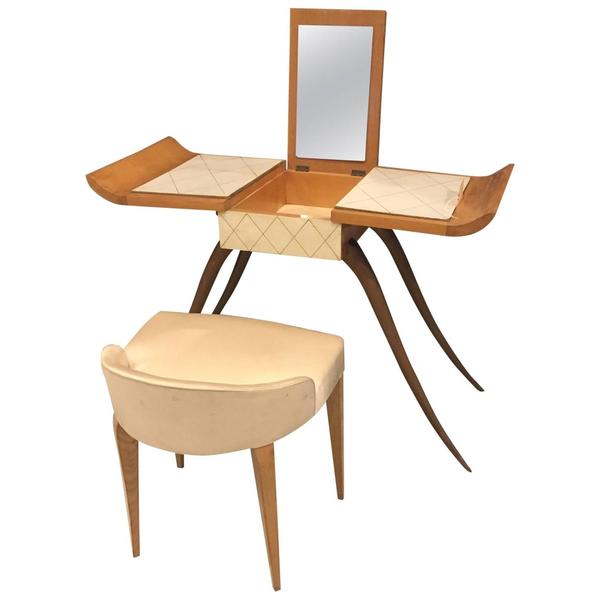

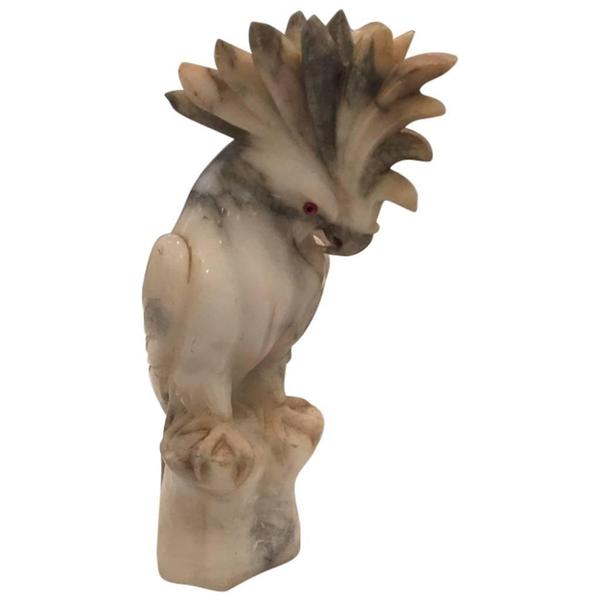
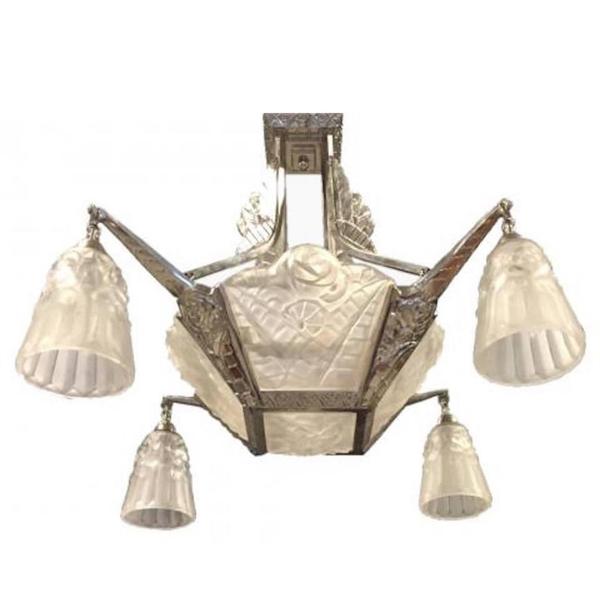
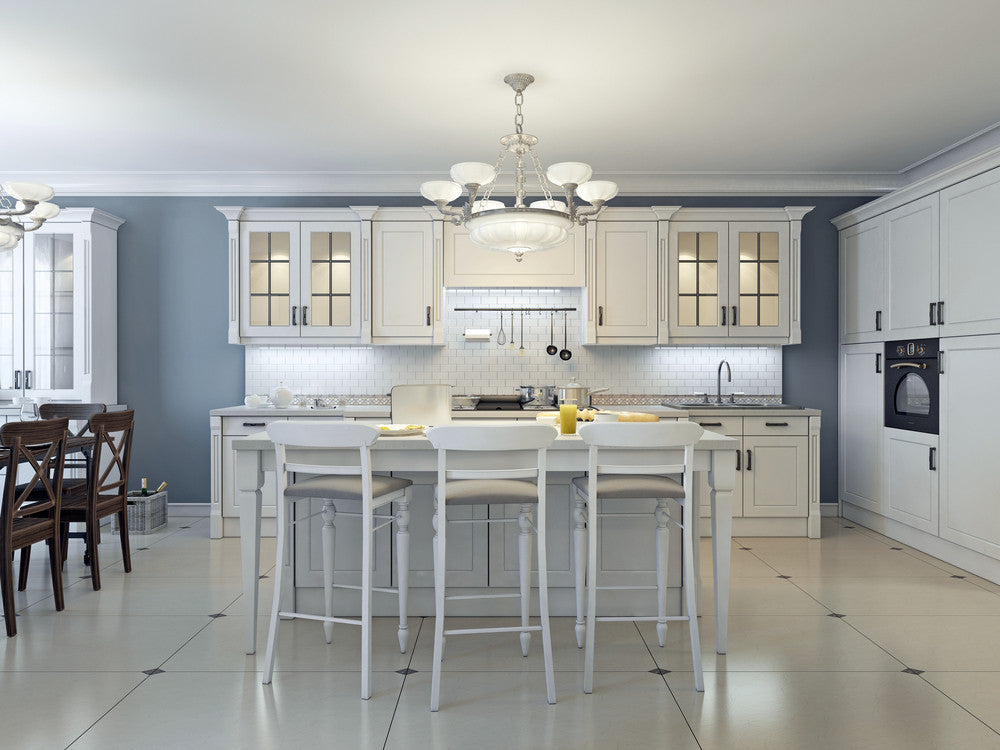


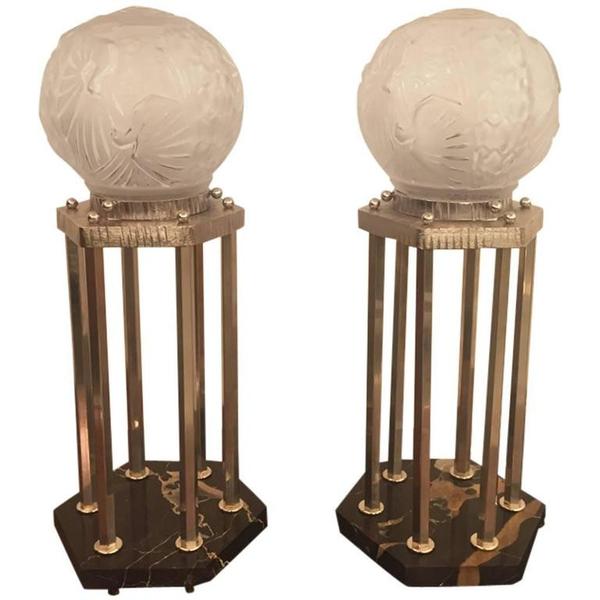
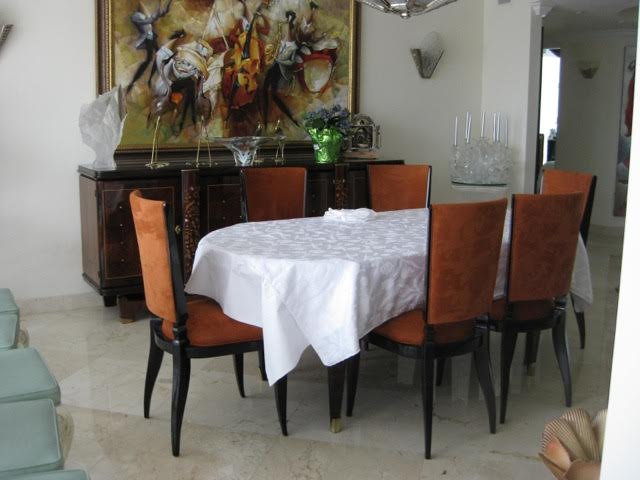


Comments 0